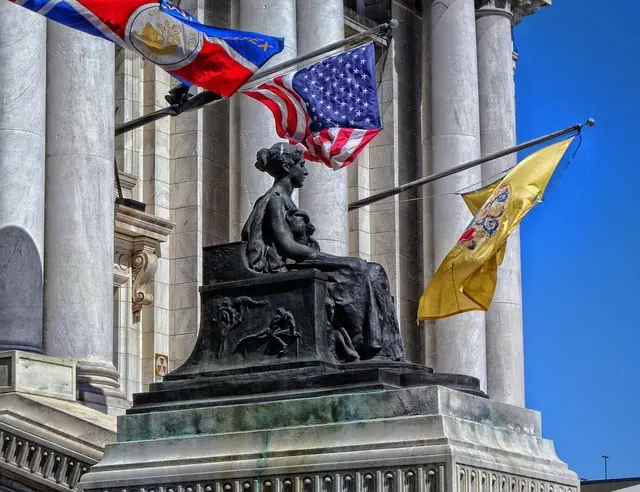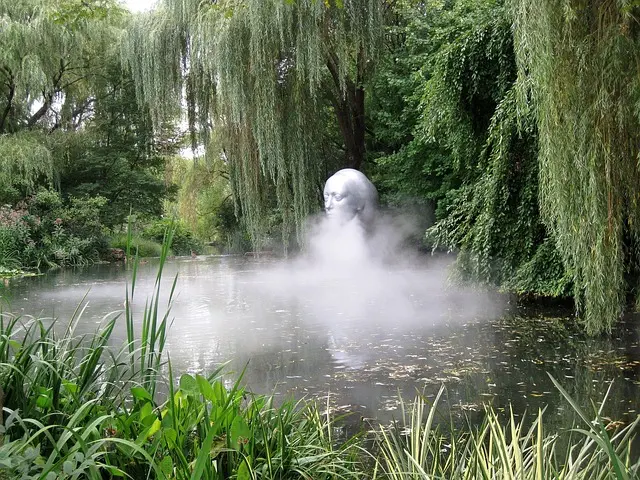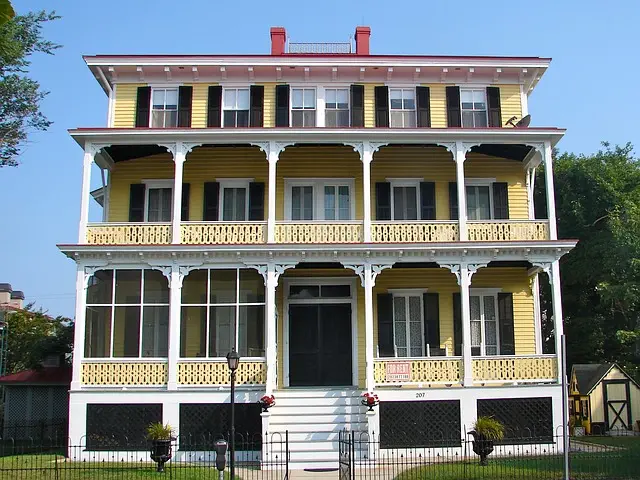The Trenton Battle Monument in Mercer County, New Jersey stands as a powerful symbol of American Revolution history. Erected in 1897, this 102-foot neoclassical structure commemorates the December 1776 Battle of Trenton, where George Washington's army crossed the Delaware River and defeated Hessian troops, boosting revolutionary spirits. Inside, visitors discover exhibits detailing the battle's significance. Accessible daily with no entry fee, it offers a convenient gateway to history for all who wish to explore Mercer County, New Jersey's rich past.
“Discover the iconic Trenton Battle Monument, a historical landmark in the heart of Mercer County, New Jersey. This monument stands as a powerful symbol of America’s revolutionary past, commemorating the pivotal Battle of Trenton during the American Revolutionary War. In this article, we delve into its rich history and architectural marvels, offering a guide for visitors eager to explore this meaningful tribute. From its grand design to practical information on visiting, we’ve got you covered.”
- History and Significance of the Trenton Battle Monument
- Exploring the Monument's Design and Architecture
- Visiting the Monument: Location, Hours, and Amenities
History and Significance of the Trenton Battle Monument

The Trenton Battle Monument stands as a powerful symbol of American history, nestled in the heart of Mercer County, New Jersey. This iconic structure commemorates the pivotal Battle of Trenton, which took place on December 26, 1776, during the American Revolutionary War. The battle was a decisive victory for General George Washington’s Continental Army, marking a turning point in the war for independence against British rule.
The monument, erected in 1897, is a tribute to the bravery and sacrifice of the American troops who fought bravely against overwhelming odds. It stands at a height of 102 feet, featuring intricate carvings and a statue of Washington atop. The location chosen for the monument is significant, as it marks the spot where Washington’s army crossed the Delaware River, launching their surprise attack on the Hessian troops stationed in Trenton. This victory not only boosted American morale but also inspired similar actions across the colonies, ultimately leading to independence.
Exploring the Monument's Design and Architecture

The Trenton Battle Monument, located in the heart of Trenton, Mercer County, New Jersey, stands as a powerful symbol of America’s revolutionary history. This architectural marvel was designed to commemorate the significant events that took place during the American Revolutionary War. The monument features a distinctive blend of classical and neoclassical styles, reflecting its importance as a historical landmark. Its grand structure includes intricate carvings, majestic columns, and a dome that soars above the surrounding landscape, capturing the essence of a bygone era.
Inside, visitors are treated to a space that houses informative exhibits detailing the Battle of Trenton and the role it played in shaping the nation’s future. The monument’s design not only pays tribute to the bravery of those who fought but also serves as a place for reflection and education. This harmonious fusion of art and history makes it a must-visit destination for anyone exploring Mercer County, New Jersey, offering a unique glimpse into the past that continues to inspire present-day visitors.
Visiting the Monument: Location, Hours, and Amenities

The Trenton Battle Monument stands tall in the heart of Trenton, Mercer County, New Jersey, offering visitors a chance to immerse themselves in history. Located at 101 North Broad Street, this monument is not just a structure but a gateway to the past, commemorating the pivotal Battle of Trenton during the American Revolutionary War.
The monument’s opening hours are generally from dawn until dusk, providing flexibility for visitors throughout the day. While there are no entry fees, those planning a visit can take advantage of nearby parking facilities. Amenities include accessible paths, making it convenient for all to explore and learn about this significant historical site.
